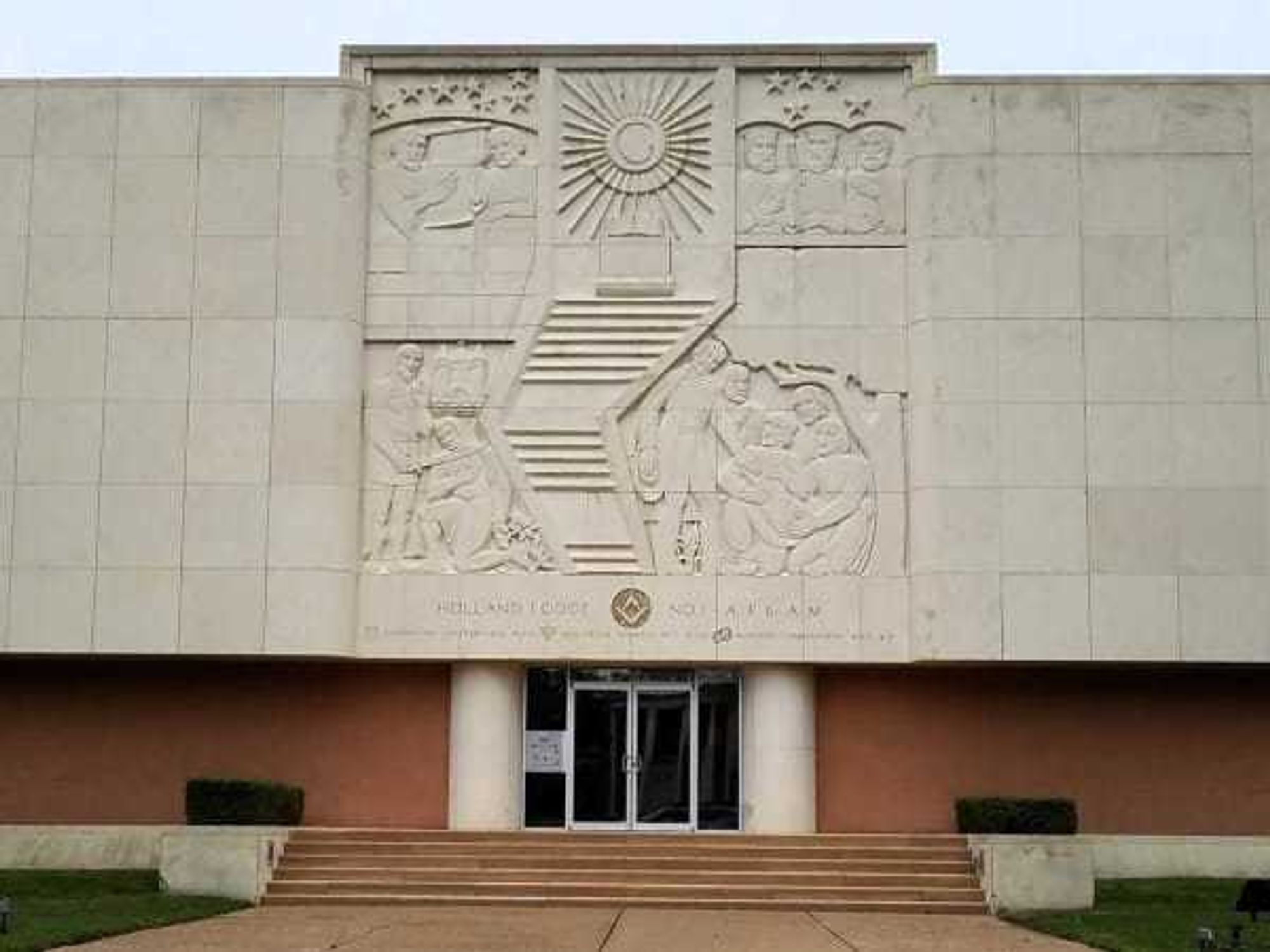After The Storm
Inside the Wortham Theater Center: Harvey leaves a soggy mess as cleanup continues

The Wortham Theater Center received extensive damage from Hurricane Harvey flood waters and will not be holding stage performances any time soon. There is no time frame on when this center for cultural arts will reopen, though it's clear it is going to be a while before the curtain rises again.
A tour of the building on Friday shows there is still water on the basement floor of theater. Everything in the lower level was destroyed. The water ruined everything the actors and musicians need to perform. Even the electrical system used to run the theater was severely damaged by Hurricane Harvey's flood waters.
Rooms are filled with garbage bags of debris.
In the auditorium, some of the walls have been ripped out. The water line is still visible on the remaining concrete walls.
Fans and dehumidifiers have replaced the sound of music and it will be this way until the building dries out.
Take a tour of the Wortham as clean-up continues in this video from our news partners at ABC13 and read the full story on their website.

 A rendering offers a bird's-eye preview of the new greenspace.Image by by Cong Nie/Courtesy of Museum of Fine Arts, Houston
A rendering offers a bird's-eye preview of the new greenspace.Image by by Cong Nie/Courtesy of Museum of Fine Arts, Houston